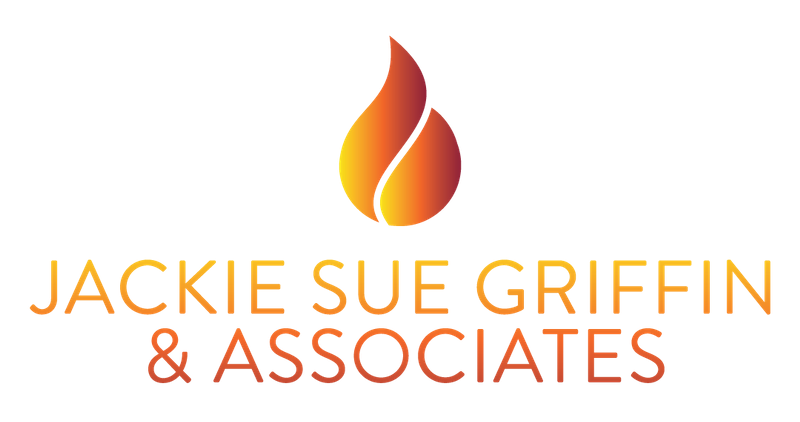12 Nov Donor Stewardship: A Year-Round Effort For Strong Relationships

By Jackie Sue Griffin, MBA, MS
It’s high time we push dispassionate social media posts and mass emails aside for a more donor-centric, personal stewardship approach. This is especially important as year-end approaches, when your donors are in high demand across many nonprofits seeking donations from them. Let’s have a look at how you can use donor management to maximize your year-end results.
What Is Donor Stewardship?
Stewardship occurs after someone donates to your nonprofit. The post-donation touchpoints, such as emails, thank yous, calls and letters, all fall under this process. Anything and everything that has the purpose of building relationships and communicating with donors is stewardship.
Stewardship includes updating donors on the impact of their gifts and progress, managing gifts as donors intended, and preparing donors for the next cultivation process by staying involved. Ultimately, stewardship is about creating a mutually beneficial long-term relationship.
Year-end campaigns usually work well because donors are used to giving at that time of year, and the upcoming deadline, if they want a charitable tax deduction, is an added incentive. Many donors revisit their giving plans at the end of the year, determine how much they want to give in total to charity, and subtract or add new charities from their list.
But remember, ultimately, fundraising is all about relationships. This means you won’t build a relationship with a recurring donor if they only hear from you once a year with the year-end tax receipt.
How to Steward Donors
- Make a calendar. Ideally, you should communicate with your donors at least once every four months. At the end of the year, you can plan weekly touchpoints with donors from the beginning of November to New Year’s Eve, paying special attention to these dates:
-
-
-
- Thanksgiving
- #GivingTuesday
- The week before New Year’s Eve
- New Year’s Eve
-
-
-
- Reach out—in multiple ways. Add a mix of offline and online touches, including direct mail, email, social media and phone conversations.
- Involve everyone. As year-end fundraising campaigns ramp up, so does the competition for donor funds and the need for stewardship. Make a plan, gather everyone in your organization and implement it before the end of the year. Before December 31st, you need to follow-up with any (major or minor) donor who hasn’t renewed their gift. You can even make some light-hearted jokes about finally waving this tough year goodbye.
- Don’t skip a step. Keep in mind that the stewardship program can take many months. Cultivation should only start once a donor has been properly recognized, thanked and is regularly updated. Plan your outreach around any fundraising campaigns or annual events that are already scheduled.
- Keep it up. Once you’ve planned out the time for these important fundraising opportunities, schedule your stewardship throughout the year. There are many ways to steward and cultivate your recurring donors. Be sure you have the basics, such as a welcome package and a great thank-you letter, then look for more creative ways to go a step further with special year-round touchpoints. By connecting with recurring donors in such ways, you’re building lasting relationships and showing donors that you deserve their support all year long.
Here at JSG & Associates, we support the passionate leaders who make nonprofits successful. For more information about us, visit our website.
Stay up-to-date: Follow us on Facebook, Twitter, LinkedIn and subscribe to our monthly newsletter now.

No Comments